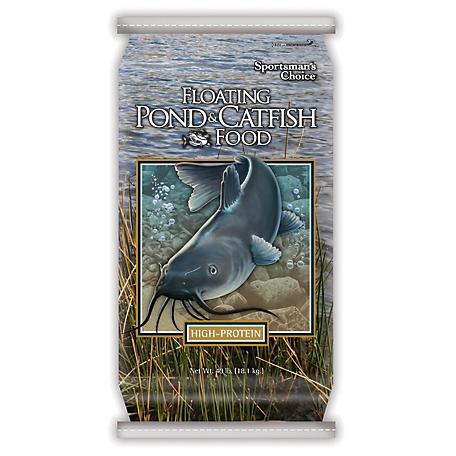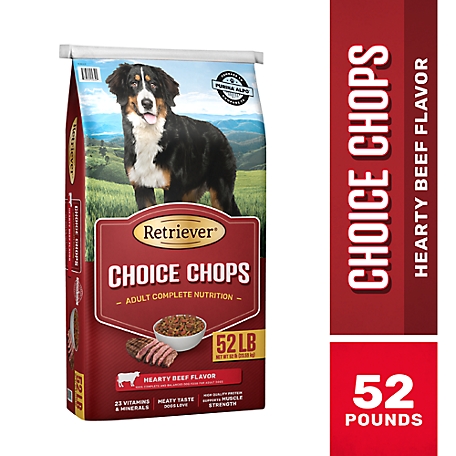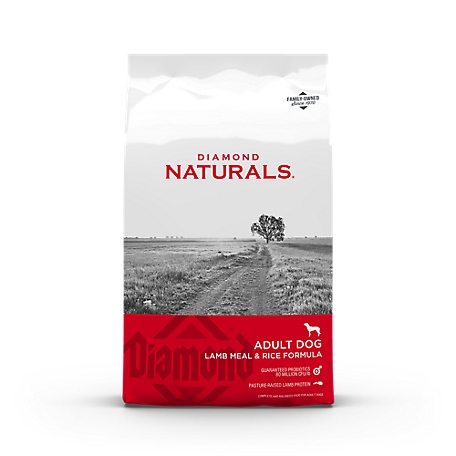Purina Pro Plan Adult Beef and Rice with Probiotics Shredded Blend Recipe Dry Dog Food
Delight your dog with a perfect balance of outstanding nutrition and exceptional taste each time you feed him Purina Pro Plan Brand Dog Food Shredded Blend Beef & Rice Formula adult dry dog food. We fortify this recipe with guaranteed live probiotics to support digestive and immune health. with real beef as the first ingredient and rice, this high-protein dog food doesn’t compromise on nutrition or flavor, creating enjoyable mealtimes for your canine pal. This tasty recipe combines hard kibble with tender shredded bites for a unique texture dogs love. Providing 100% complete and balanced nutrition for adult dogs, this wholesome adult dog food offers an optimal protein-to-fat ratio to help your dog maintain an ideal body condition, no matter what adventures his day brings. Fill his bowl with Purina Pro Plan Brand Dog Food Shredded Blend Beef & Rice Formula adult dry dog food, and give him a great-tasting probiotic dog food that’s manufactured in our Purina-owned U.S. facilities.
Delight your dog with a perfect balance of outstanding nutrition and exceptional taste each time you feed him Purina Pro Plan Brand Dog Food Shredded Blend Beef & Rice Formula adult dry dog food. We fortify this recipe with guaranteed live probiotics to support digestive and immune health. with real beef as the first ingredient and rice, this high-protein dog food doesn’t compromise on nutrition or flavor, creating enjoyable mealtimes for your canine pal. This tasty recipe combines hard kibble with tender shredded bites for a unique texture dogs love. Providing 100% complete and balanced nutrition for adult dogs, this wholesome adult dog food offers an optimal protein-to-fat ratio to help your dog maintain an ideal body condition, no matter what adventures his day brings. Fill his bowl with Purina Pro Plan Brand Dog Food Shredded Blend Beef & Rice Formula adult dry dog food, and give him a great-tasting probiotic dog food that’s manufactured in our Purina-owned U.S. facilities.
- Hard kibble combined with tender, shredded pieces for taste and texture dogs love
- High protein formula, with real beef as the first ingredient
- Fortified with guaranteed live probiotics to support digestive and immune health
- Used to be known as SAVOR Shredded Blend Beef & Rice Formula
- Vitamin A and omega-6 fatty acids to nourish skin and coat
- Natural prebiotic fiber nourishes specific intestinal bacteria for digestive health
- Optimal levels of protein and fat help dogs maintain an ideal body condition
Additional information
| Country of Origin | Made in USA |
|---|---|
| Breed Size | Extra Small, Small, Medium, Large, Extra Large |
| Flavor | Beef and Rice |
| Health Features | Immune System Support, Digestion Support, Skin & Coat Health |
| Life Stage | Adult |
| Primary Flavor | Rice, Beef |
| Special Diets | Probiotics, High Protein, Omega Fatty Acids |
| Manufacturer Part Number | 3810018053 |










by Paul
This was a donation from our non-profit to the local animal shelter. They let us know the dogs love the food.
by Henry
My pets love it a great quality pet food .At a great price. The only one we purchase. Thank you.
by Tale
So glad Tractor Supply carries Pro Plan. Have used as a breeder for over 25 years and still happy with the brand.